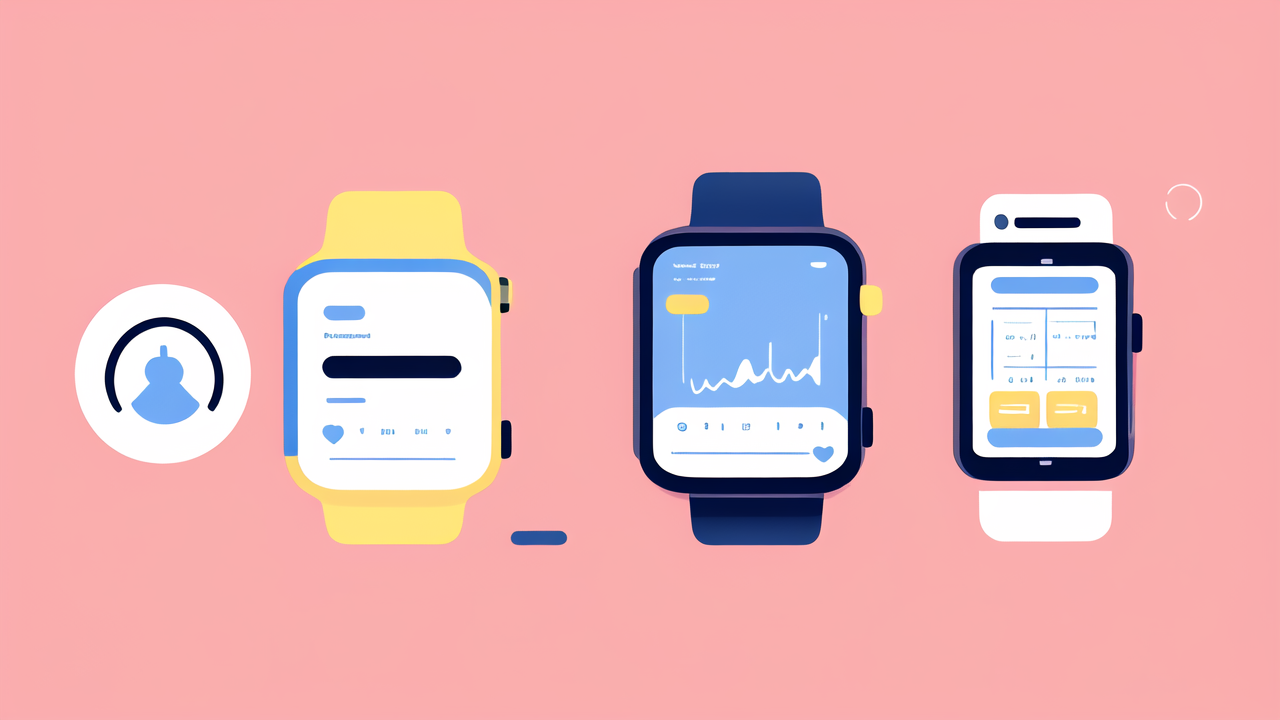Understanding Smart Bands: Features and Applications
The Evolution of Smart Band Technologies
Smart bands have come a long way since their inception. They started as simple step counters. Now, they're advanced health trackers. Early models only tracked steps and calories burned. Today's smart bands monitor heart rate, sleep patterns, and more. They've become smaller, lighter, and more comfortable to wear. Battery life has improved significantly. Many can now last a week or more on a single charge. Connectivity has also evolved. Modern smart bands can sync with smartphones and other devices wirelessly.

Key Features That Define a Smart Band
Smart bands are packed with features that set them apart from regular watches. Here are some key features:
- Activity tracking (steps, distance, calories burned)
- Heart rate monitoring
- Sleep tracking
- Smartphone notifications
- Water resistance
- Long battery life
- Customizable watch faces
- GPS tracking (in some models)
These features make smart bands versatile tools for health and fitness. They provide valuable data to help users improve their lifestyle.
The Role of Smart Bands in Fitness and Wellness
Smart bands play a crucial role in modern fitness routines. They motivate users to stay active by setting goals and tracking progress. Many smart bands offer personalized workout plans. These plans adapt based on the user's performance and goals. Sleep tracking helps users understand their sleep patterns. This can lead to better sleep habits and overall health. Some smart bands even offer stress monitoring features. These help users manage their mental well-being. By providing real-time data, smart bands empower users to make informed decisions about their health.
The US Market: Smart Bands vs. Fila Watches
Market Analysis: Adoption Rates and Consumer Trends
The US wearable tech market is booming. Smart bands and fitness trackers are leading this growth. According to recent studies, over 20% of Americans now own a smart band or fitness tracker. This number is expected to grow in the coming years. Younger consumers, particularly millennials, are driving this trend. They value the health insights and convenience these devices offer. Fila watches, while popular, haven't seen the same growth in the tech-savvy market. They're still preferred by those who want a traditional watch look. However, the gap is narrowing as smart bands become more stylish.

Comparing Price Points and Features
Smart bands typically range from $30 to $200, depending on the features. Basic models offer step counting and sleep tracking. More advanced ones include GPS and heart rate monitoring. Fila watches, on the other hand, range from $50 to $150. They focus more on style than tech features. Here's a quick comparison:
- Smart Bands: Tech-focused, health tracking, notifications, customizable
- Fila Watches: Style-focused, time-telling, water-resistant, brand recognition
Smart bands offer more features for health-conscious consumers. Fila watches appeal to those who prefer a classic look.
Potential Use Cases: From Fitness Enthusiasts to Casual Wearers
Smart bands cater to a wide range of users. Fitness enthusiasts use them to track workouts and monitor progress. Runners appreciate the GPS features in some models. For casual users, smart bands offer convenient notifications and simple health tracking. They're great for those who want to increase their daily activity. Some models are designed for specific uses. For example, swimmers can use waterproof smart bands to track laps. Office workers might use them to monitor stress levels and encourage movement. Fila watches, while less versatile, appeal to those who want a stylish accessory that tells time.
The Future of Wearable Tech: Innovations and Predictions
Upcoming Technological Advancements in Smart Bands
The future of smart bands looks exciting. We can expect to see more advanced health monitoring features. Blood pressure monitoring and glucose tracking are on the horizon. Some companies are working on smart bands that can detect early signs of illness. Improved sensors will make data more accurate. Battery life will continue to improve, with some bands lasting weeks on a single charge. We might see smart bands with flexible displays that wrap around the wrist. Integration with other smart devices will become seamless. Smart bands could control home automation or make payments. AI will play a bigger role, offering personalized health insights and predictions.

The Impact of Smart Bands on the Wearable Technology Industry
Smart bands are driving innovation in the wearable tech industry. They're pushing the boundaries of what's possible in a small device. This innovation is spilling over into other areas of wearable tech. Smartwatches are adopting features first seen in smart bands. The focus on health and fitness is influencing the entire industry. We're seeing a shift towards more health-centric devices. Smart bands are also making wearable tech more accessible. Their lower price point is bringing more people into the wearable tech ecosystem. This is creating a larger market for all wearable devices. The data collected by smart bands is valuable for health research. It's contributing to our understanding of physical activity and sleep patterns.
Predicting Market Growth and Consumer Preferences
The smart band market is expected to grow significantly in the coming years. Analysts predict a compound annual growth rate of over 15%. Health-conscious consumers will drive this growth. We'll likely see a shift towards more advanced health monitoring features. Consumers will expect their smart bands to do more than just count steps. Style will become increasingly important. Smart bands will need to balance function with fashion. Customization options will be a key selling point. Users want devices that reflect their personal style. Privacy and data security will be major concerns. Brands that prioritize these aspects will gain consumer trust. Integration with healthcare systems could be a game-changer. Smart bands might become tools for remote patient monitoring. The line between smart bands and medical devices may blur. As technology advances, smart bands could replace traditional watches for many consumers.




Leave a comment
This site is protected by hCaptcha and the hCaptcha Privacy Policy and Terms of Service apply.